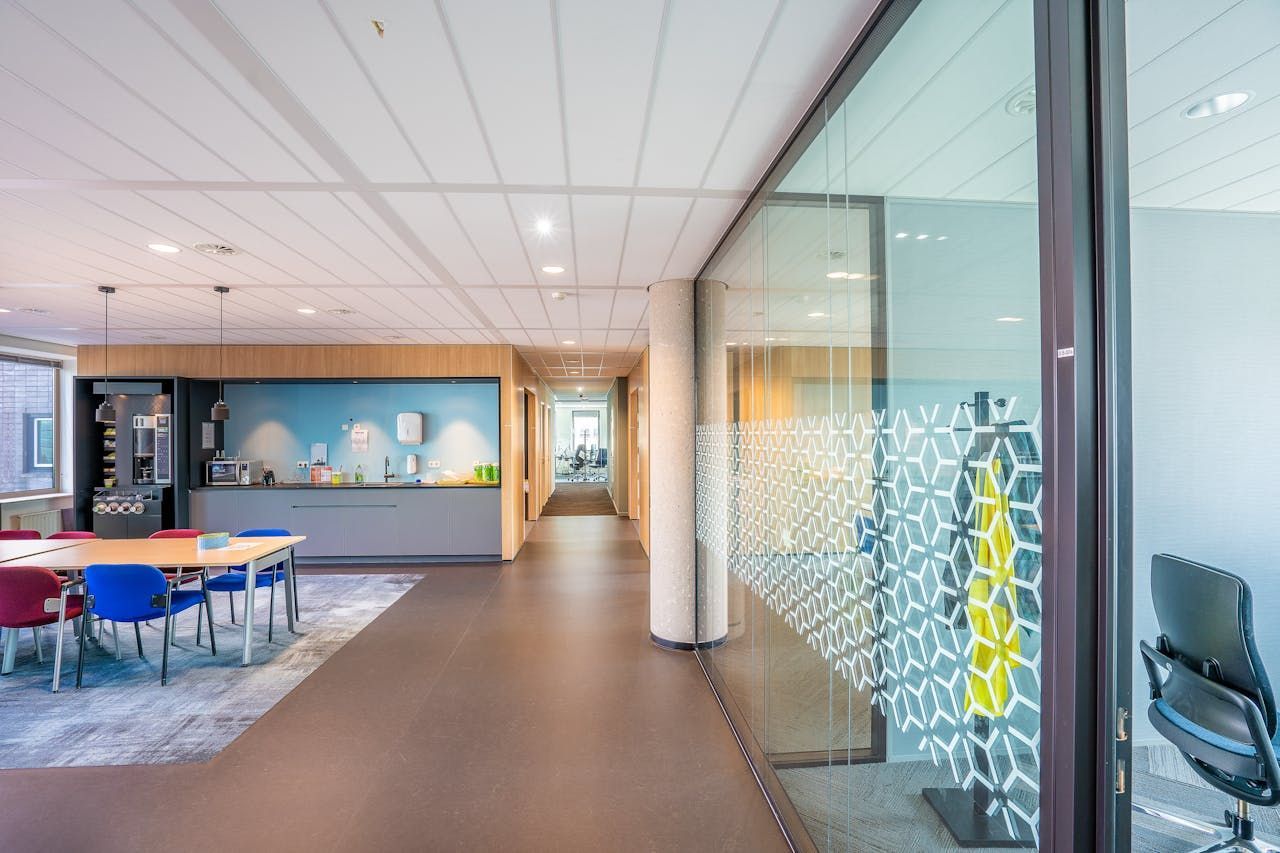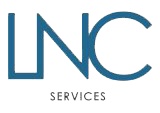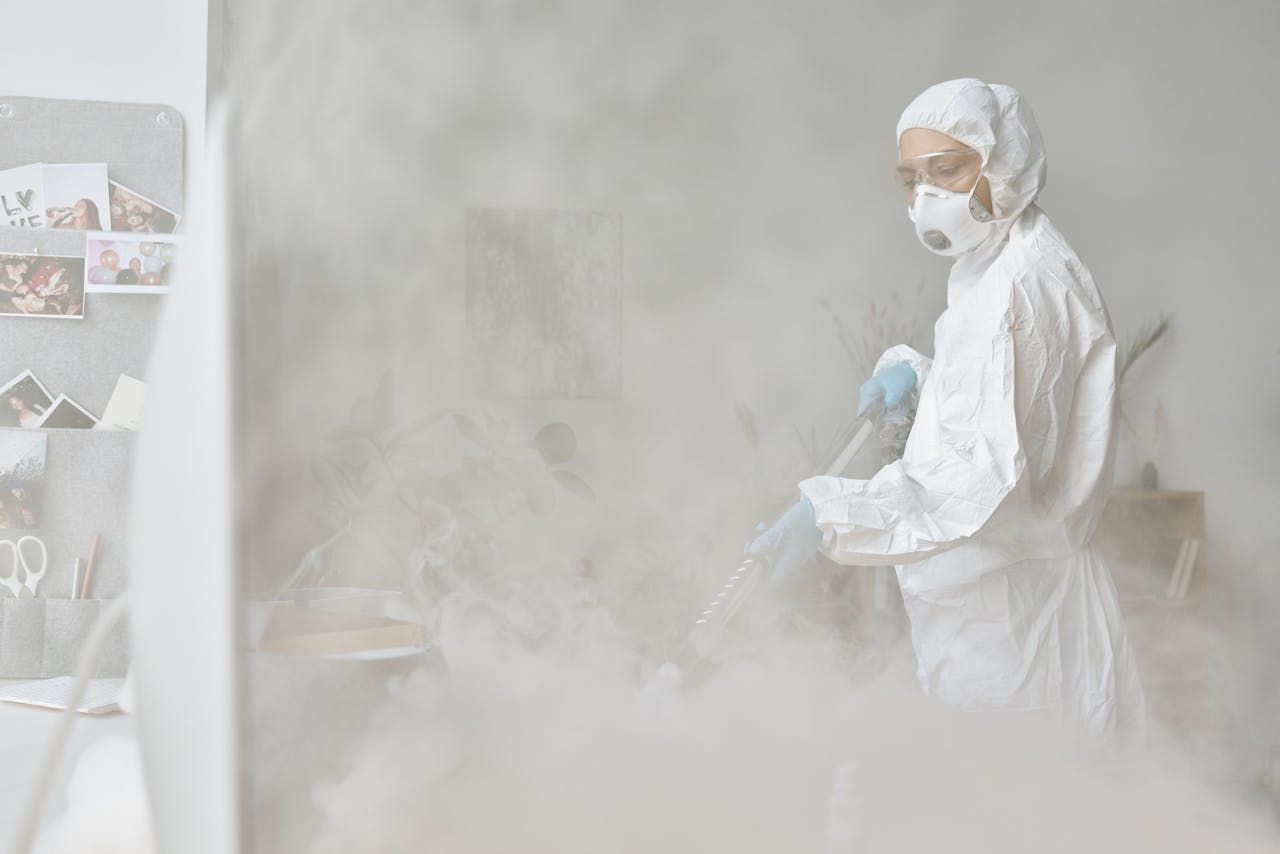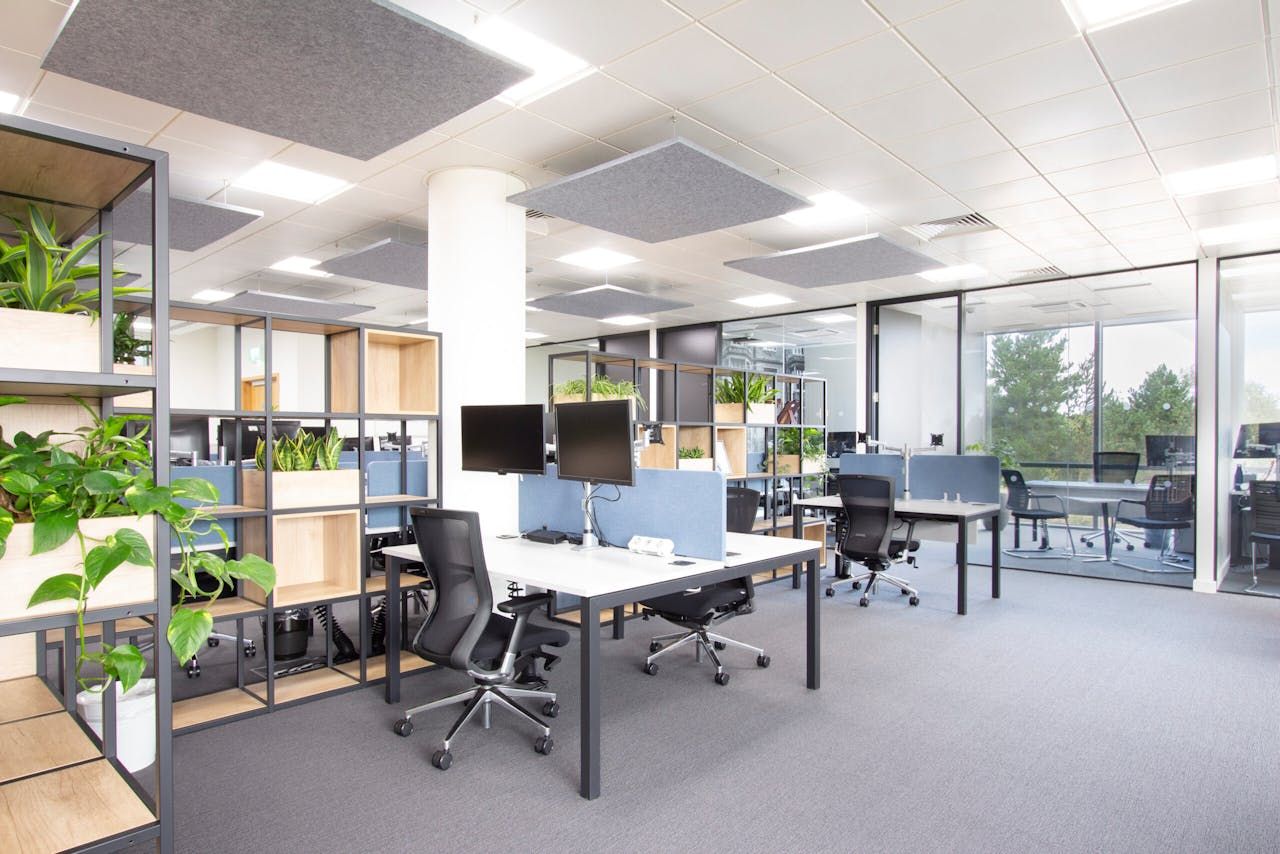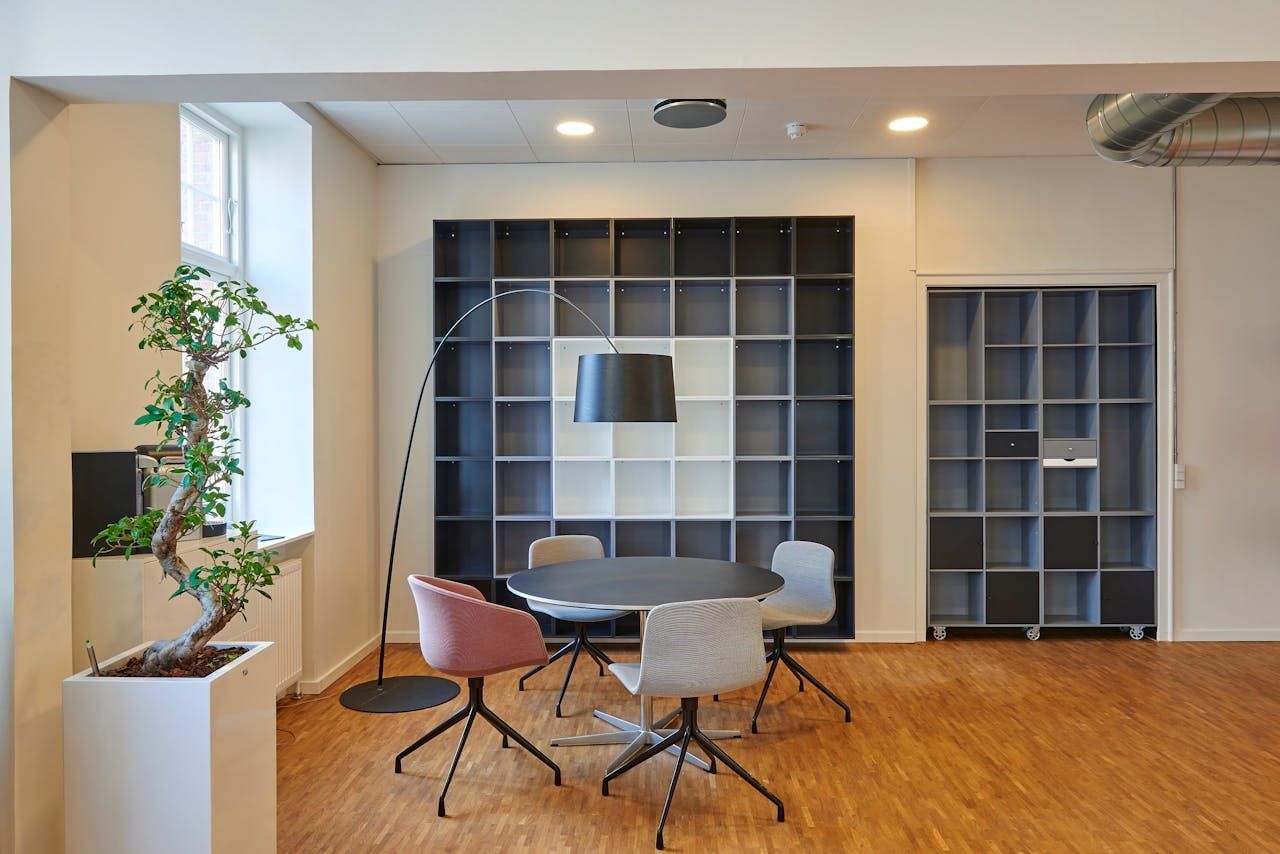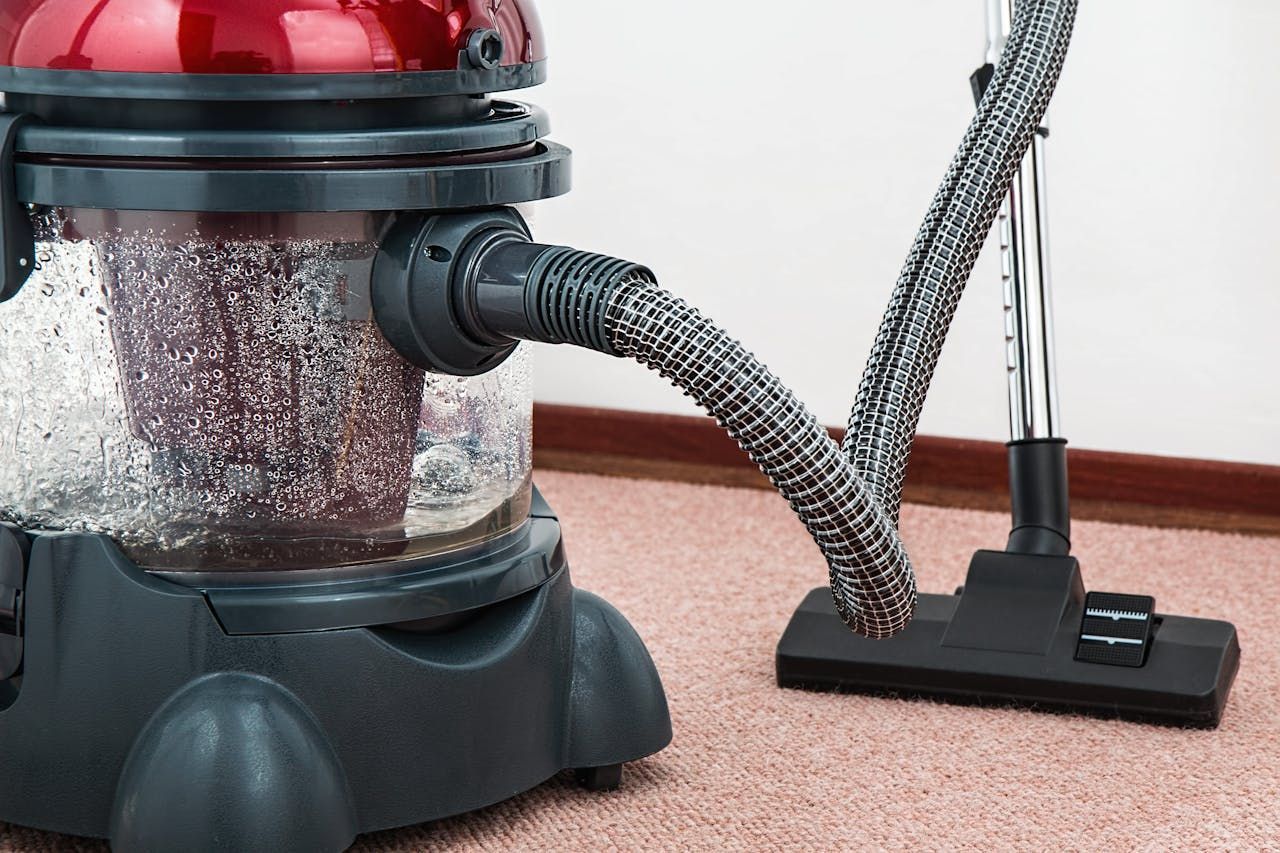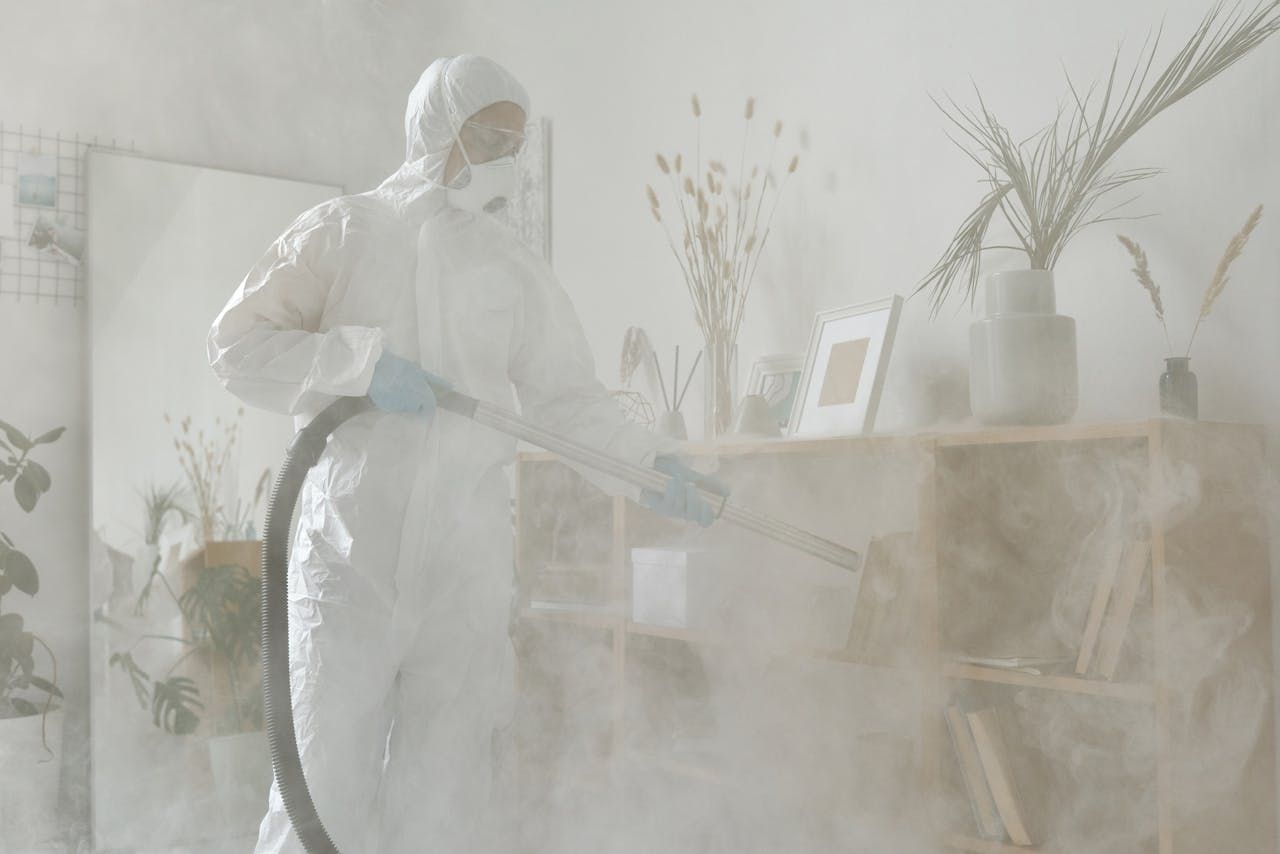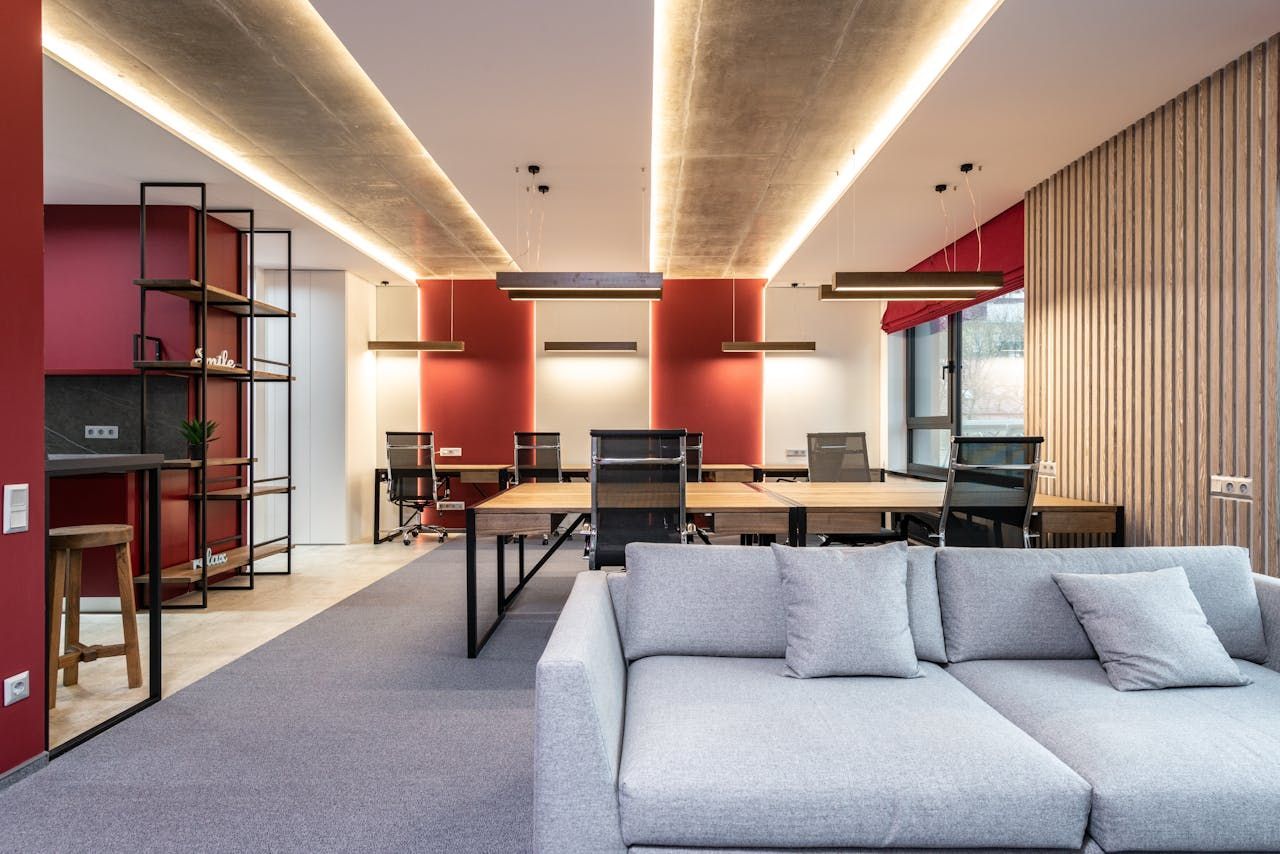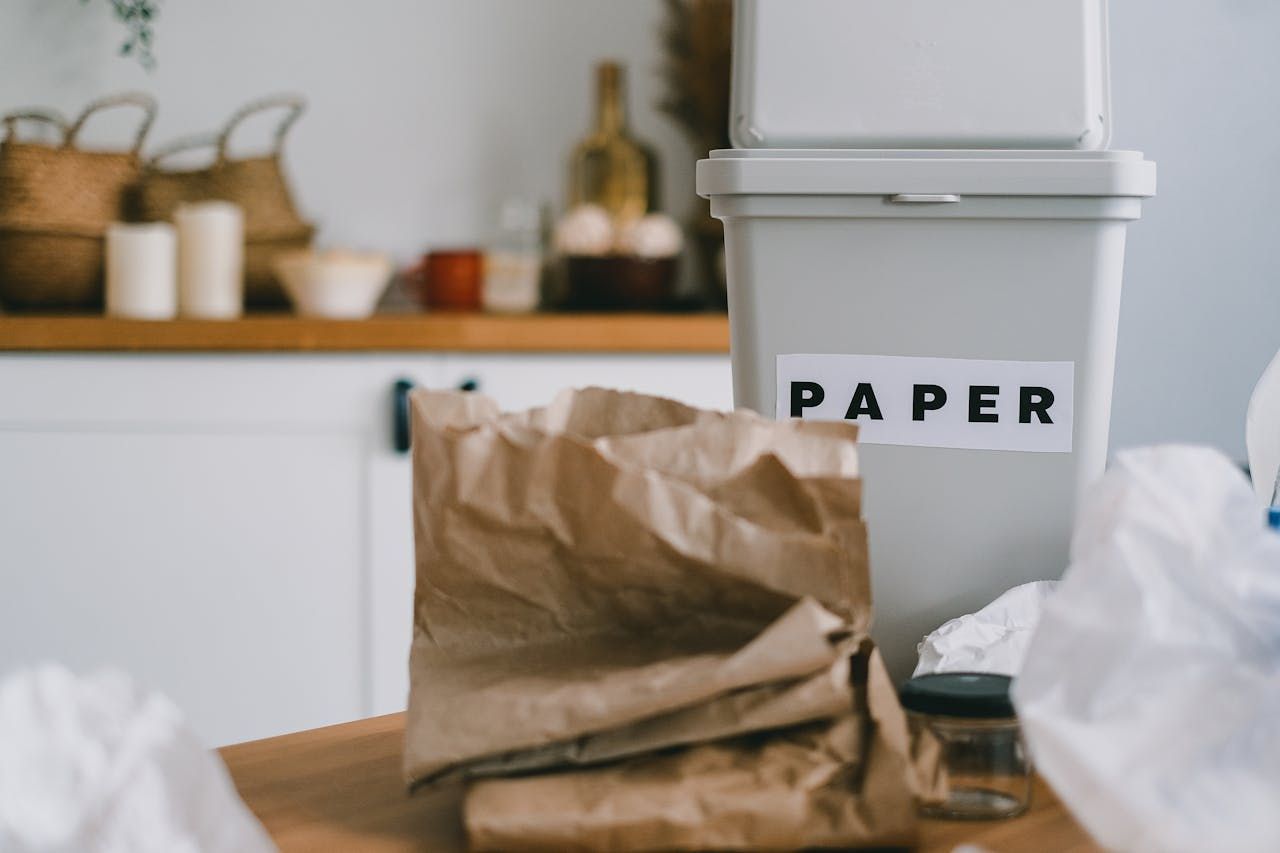3 Hygiene Hazards Every Office Manager Should Know
It’s been a few years since Covid-19 shut down…. well, everything! Back then, everyone was taking care to keep themselves and workplaces clean and as free from bacteria as could be reasonably expected.
But sadly, human beings so easily slip back into old habits, and the positive routines that were built up in response to the lockdown have since drifted, and many offices are back to their former practices. In many ways, this is great - it’s genuinely fabulous to have the workforce back together - but in other ways, it’s not so good.
Hygiene hazards are unavoidable when lots of people gather together for hours a day, but we don’t need to become lax in dealing with them. Here are the three most potent hygiene hazards that every office manager should know, as well as some simple ways to keep on top of them.
1 - The Desk
Ah, the desk! You sit at it for eight or so hours a day, picking stuff up, putting it down, tapping away at keyboards, sipping drinks… maybe Brian from accounting comes over and leans on the side, fresh from his run up six flights of stairs (why take the lift when you can get fit?!). How nice.
It adds up to the fact that your desk ends up with over ten million germs on it. An influential study done in 2005 by Dr. Charles Gerba of the University of Arizona concluded that in peak times during the day (just after lunch), your desk is home to 10,000,000 bacteria.
Yummy!
These microscopic bacteria are everywhere, such that the whole desk is pretty gross, if we’re honest, though some places are worse than others.
Your Keyboard
How many times do you touch your keyboard? It’s quite a few. If you are writing this article, then you’ve already pressed something like 1700 keys.
Excuse me while I find an antibacterial wipe!
You move your hand up, scratch an itch, brush back your hair, and start typing again. Even the cleanest among us is going to fill this little germ-collector up, and if you are the type of person to eat peanut butter sandwiches at your desk while working through your lunch break, well, then your keyboard is a hotbed of activity.
Your Mouse
Sister to the keyboard, the mouse might have fewer little cracks for crumbs to get in, but it’s no less susceptible to microbes. At least we don’t still use those old mechanical ones with a little ball in the bottom. Oooh, the fluff!
Phone and Headset
Pressed up against the side of your face for hours of the day, do we really need to discuss just how yuck a foam-covered headset can get? And you think your iPhone is cleaner? Muahahahah!
Pot Plant
Thankfully, the 80s fashion for large rubber plants has died away, but still, people like to put little green breeding grounds on their desks. I bet you hadn’t even heard of fungus gnats until now. Go on, admit it!
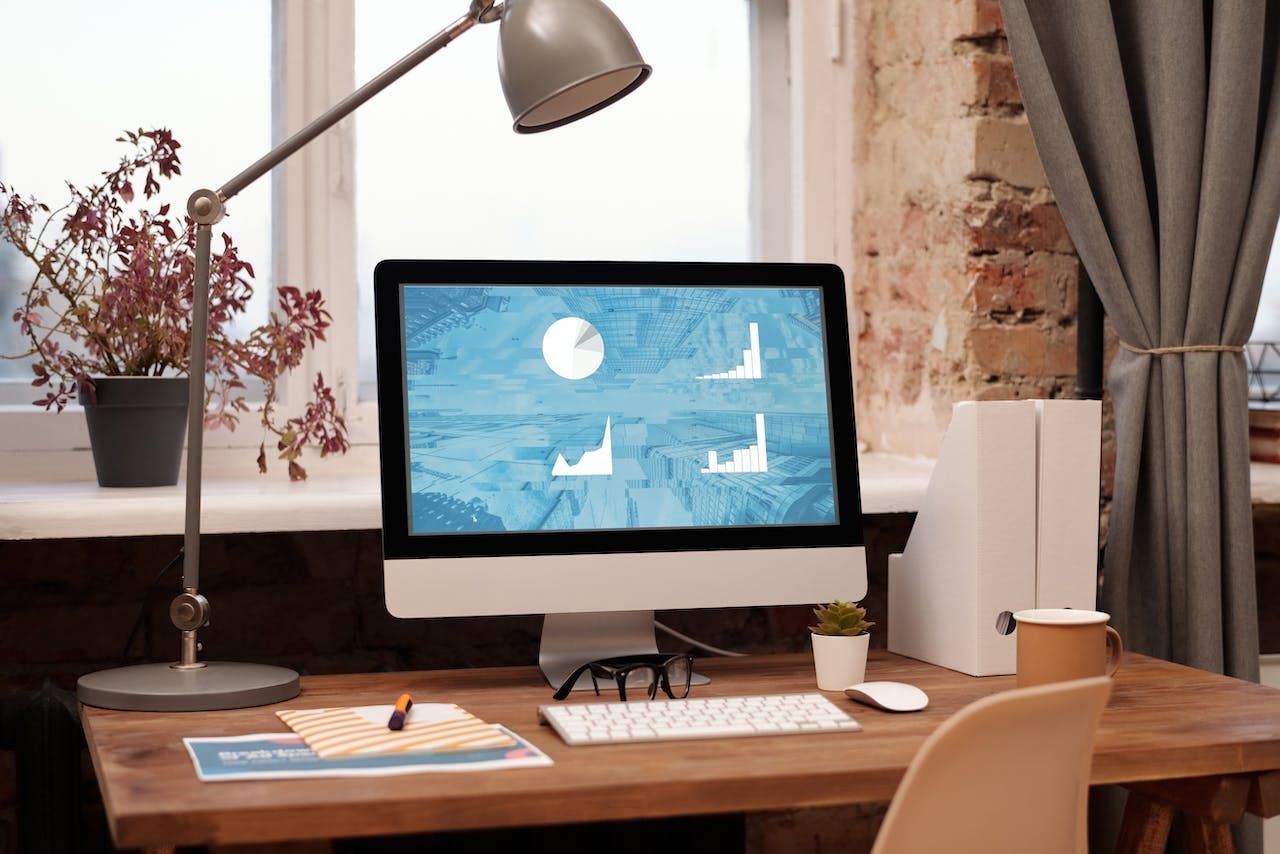
The Keys to Desk Hygiene
- Use disinfectant wipes daily on keyboards, mice, and other permanent features.
- Clear your desk space and wipe down with basic antibacterial soap and water. Don’t forget to clean the cloth!
- Keep coffee cups and other utensils clean and dry. Doing the washing up for five minutes also gives you some headspace to think in, which is always a bonus.
- Don’t let your plants get too moist. Or get a fake one.
2 - The Kitchen
Another bacteria-fest is the office kitchen. Office kitchens can see very heavy use with not much time to dedicate to cleaning. Plus, people are forgetful, and that sandwich that was put in the fridge on Monday got left behind when everyone decided to go out to the pub instead. Was it Monday? Or last Monday? Or the Monday before that? It’s growing something…
Microwaves, kettles, the taps - it all gets touched by so many people who are thinking more about their rush for coffee or need for a quick lunch than they are about cleaning up. Cloths and tea towels are rarely washed, and when the soap runs out, who remembers to replace it?
Then there’s the door handle. Oh, you may have a rota to clean out the fridge, do the washing up, or wipe over the surfaces, but did you remember to clean the door handle? Oops! Kitchen door hands are particularly bad, often worse than toilet ones.
The Keys to Kitchen Hygiene
If you don’t have a daily cleaning contractor come in, consider a rota. Definitely don’t leave it on one person’s shoulders - that way leads to resentment. Make sure food is clearly marked, and make it everyone’s responsibility to throw away their old waste.
And clean that handle. Do it right now.
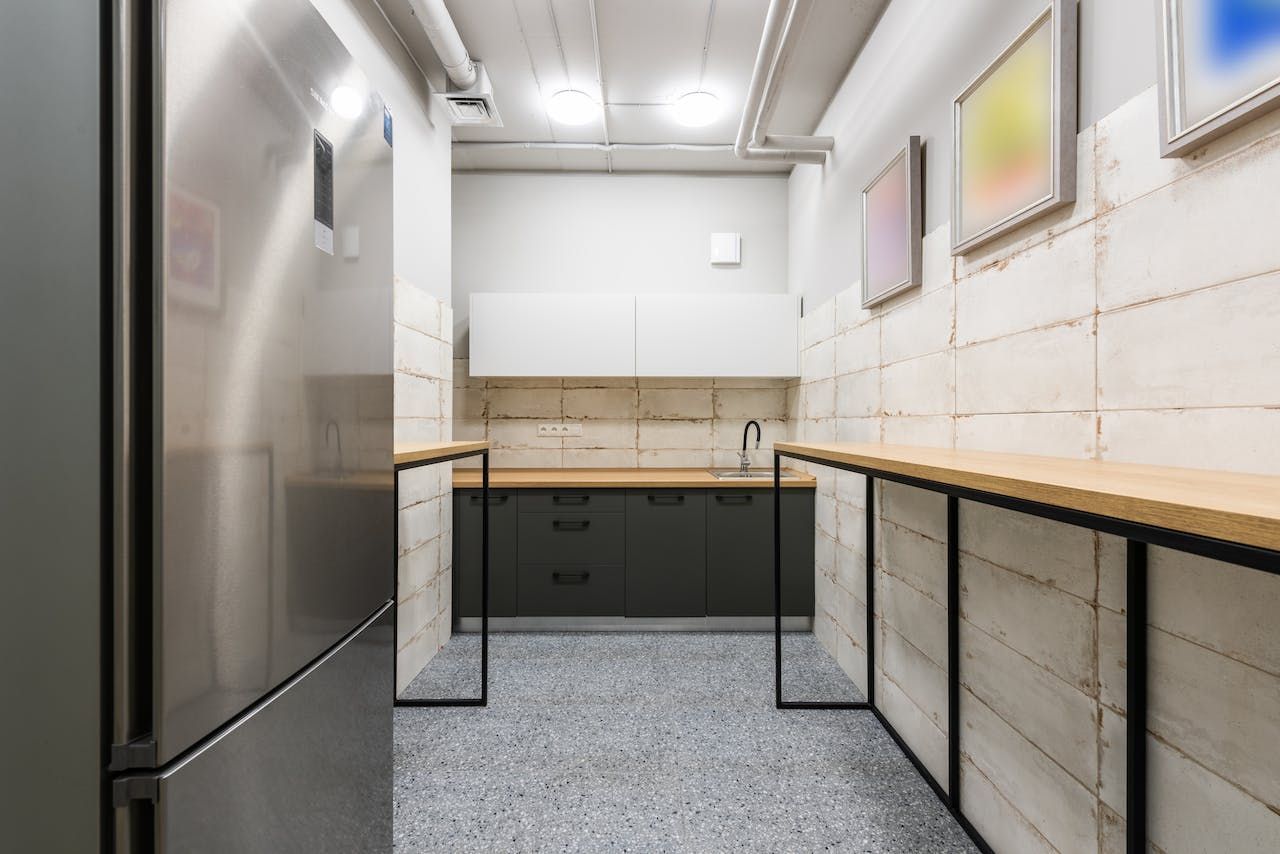
3 - The Floor
If we’re still looking at germs, then gaze down at that carpet. Oh, a carpet looks lovely in an office, and it can be more comfortable and inviting. Plus, it does reduce the risk of slips, but the dust! The mould spores! The grit and grime and everything else that has come from outside and stomped into the pristine floor!
“We chose a brown carpet as they look less dirty…”
Looks aren’t everything, though, are they?
Vacuuming a carpet is a great start, but office carpets need a regular deep clean. Professionals are best at that, of course; they have all the expertise and all the equipment.
And if you don’t have a carpet? Well, good for you; a hard floor is easier to clean. Just make sure you check out the corners where the dust bunnies live and be sure not to slip. We may have been focused on hygiene hazards, but falling onto a hard floor is still a hazard that needs to be avoided, so clean up spills right away!
The Keys to Floor Hygiene
- Vacuum every few days.
- Get a professional cleaner to regularly deep clean the floor.
- Be careful what you step in on the way to the office.
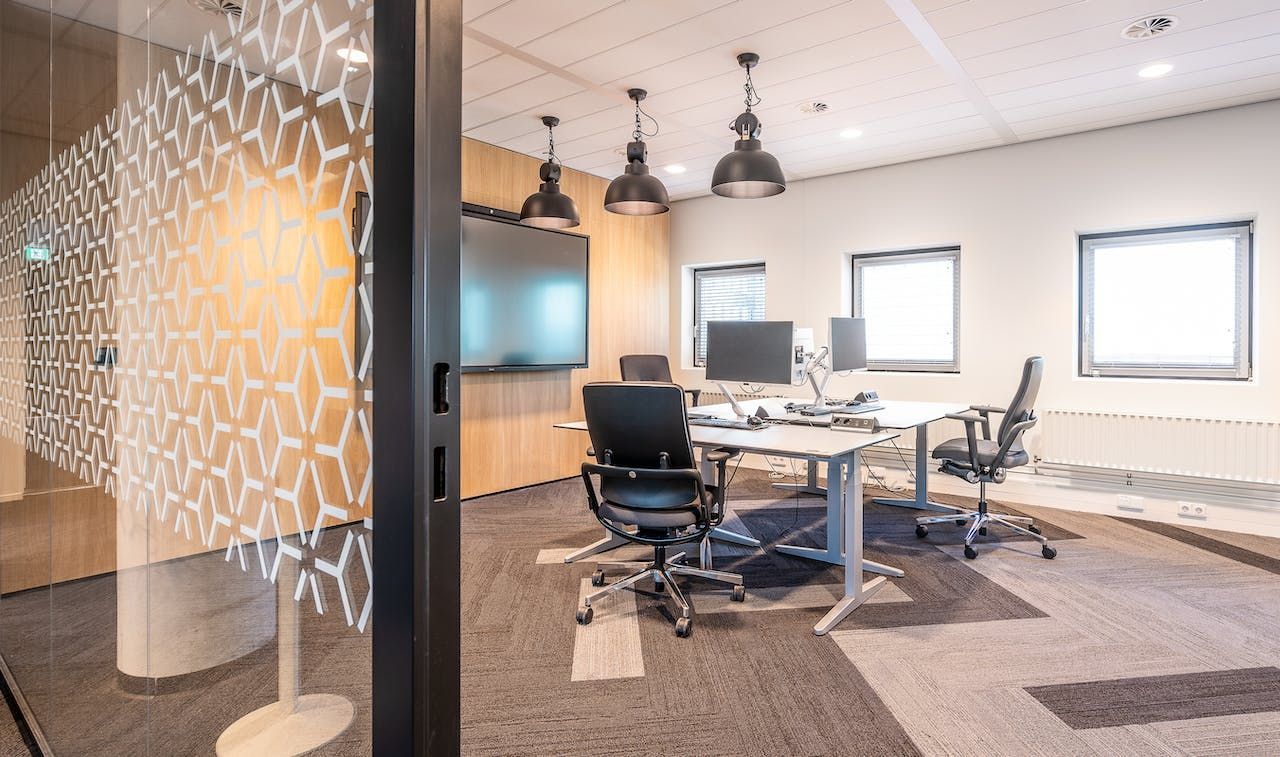
The Risks of Poor Office Hygiene
Hygiene hazards present a high risk to health. Illnesses can be easily passed through bacteria, as 2020 showed with devastating clarity. General health issues such as asthma or other respiratory problems are exacerbated, and ultimately, productivity is impacted.
The only way to prevent the build-up of bacteria is regular and thorough cleaning, and it needs to be done properly, not just a cursory wipe-round with a week-old wet cloth.
You need a company that knows how to efficiently reduce the risks, which is why we recommend… ourselves! Contact LNC Services today to arrange cost-effective regular professional office cleaning that’ll keep your office bacteria-free*.
*Not bacteria-free, that’s crazy and impossible! But bacteria-lite and smelling fresh.
